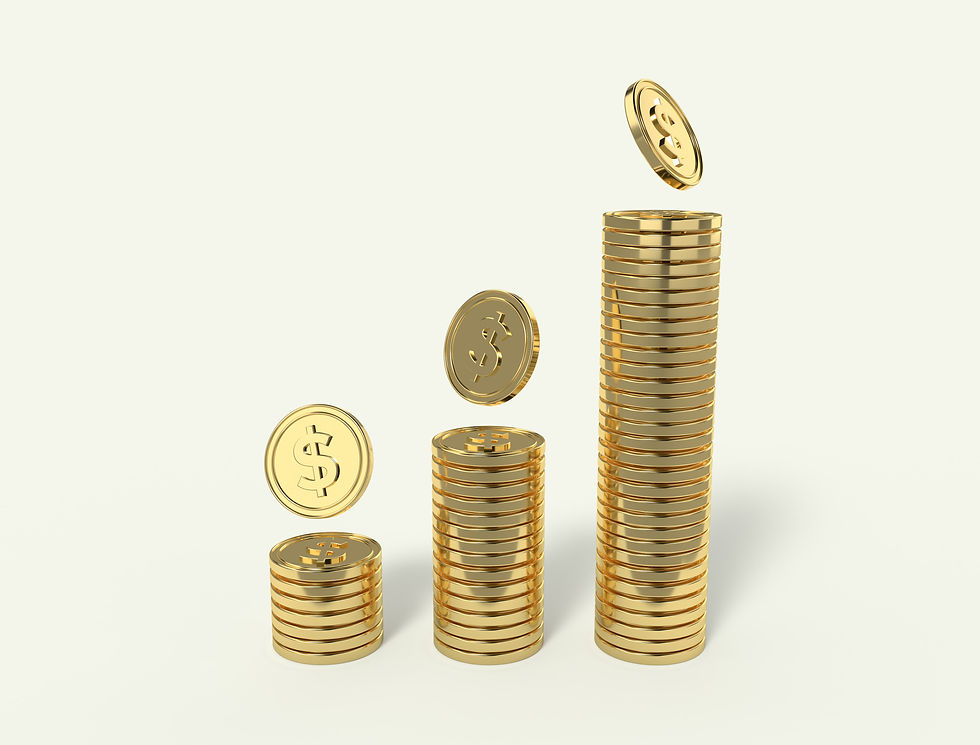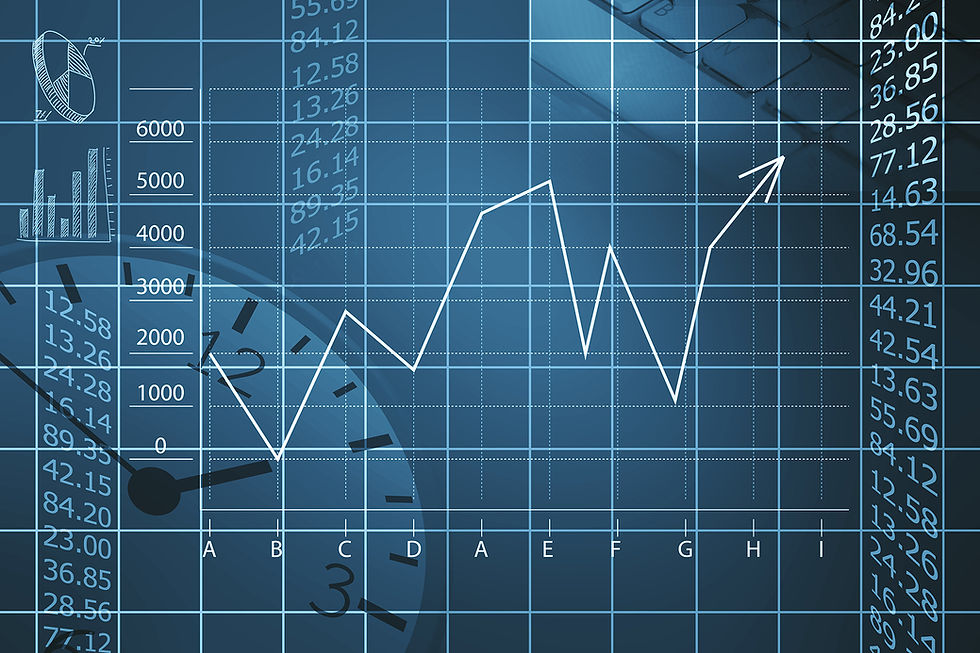Q2 2020: The Shape Game… It’s Like Kindergarten All Over Again (But Back Then It Meant Something)
- Marcus Crawshaw

- Jun 9, 2020
- 3 min read
Updated: Sep 27, 2022
In investing, just like in life, people tend to lock onto a concept/term they hear and refuse to let it go. It takes on a life of its own until… well, we no longer wish to discuss it. But during its life, its importance grows and grows until it gets to the point where you have to wonder what the hell are, we even talking about. “It” in this case, is the current recession but more newsworthy (apparently), the shape of said recession and subsequent economic recovery!
I’ll admit, as long-term investors we have very little use for the shape game. But, the fervor around it deserves a brief discussion.
Over the years, economists have gotten a bit liberal with the letter shapes they use to try to simplify the description of a recession & recovery. The five to the right are the ones we have heard the most regarding our current situation. One (The V-shaped) being the quickest recovery, another (the L-Shaped) being the longest drawn out recovery, and then a few in-between.

Maybe it’s just me, but I notice all five shapes share two important attributes. They start down (sharply) and ultimately, they end up. Too simple? I don’t think so, because it’s true. Is there any redeeming reason to pay attention to the actual shape? I mean, if they all start and end the same way, why would an investor care about the shape? As a human, of course, no one wants to see a depression (L-Shaped for those keeping score at home) and all that comes with it, but as an investor with a long-time horizon… we are wasting valuable oxygen with the “what shape is it” discussion… in our opinion.
Apparently, for others, this is a worthy topic. Odd to us, since you really don’t know the shape of a recession and recovery until after it has passed or at least well into the recovery. Therefore, the constant interviews/discussions/proclamations centered on trying to attempt to predict what type of recovery this will be is pretty much futile. If you predict a U-Shape rebound and act on it, how is that any different than if you predict a Swoosh rebound and act on that?
Unless you are a short-term trader, you are investing at good prices or at the very least in prices below where they started at the beginning of the recession. Once you make this investment, you are not selling at least until there is some sort of recovery. Outside of the dreaded L-Shape, the average length of a recession is less than a year. Most likely, you will be seeing gains before you can even correctly define the shape.

Now, if you want to go even further out into the future, two, three, five, or even ten years… history tells us we will be alright. The above chart is the S&P 500 Index during my adult lifetime (the past 30-years). During this period, even with two major recessions (indicated with grey shading), the stock market has risen over 350%, nearly 12% annually.
Even with our unprecedented crisis and subsequent actions, when we look at the past 30 years ten years from now, there is a good chance our current recession (as represented by a grey bar) will fit nicely into a similar looking 30-year chart. This has nothing to do with drawing shapes or even a graph. It has to do with what this graph represents… capitalism at its best! An idea that has not stopped or been slowed down for nearly a century and we are not going to start questioning it now.
Note: Nothing contained herein this letter should be considered to be investment advice, research or an invitation to buy or sell any securities.





Comments